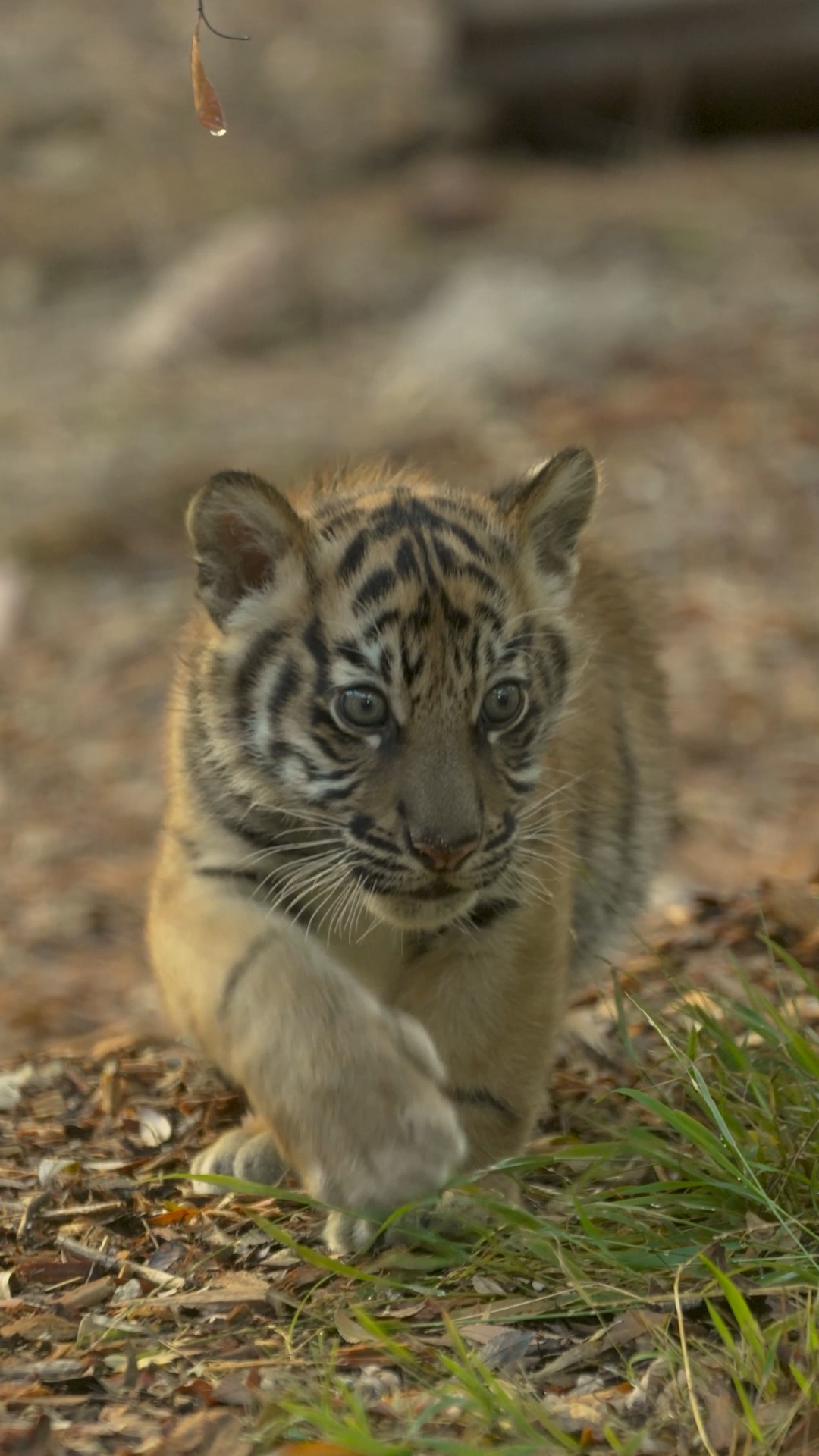- Understanding the developmental stages of young animals and their impact on conservation efforts.
- The role of zoos in nurturing and educating the public about juvenile animals.
- Strategies for effective zoo management that prioritize the well-being and developmental needs of young animals.
- Highlighting the importance of public engagement and education in promoting wildlife conservation.
- Exploring the emotional and psychological impact of young animals on human perceptions of wildlife and conservation.
The phrase “If only they stayed this smol forever…” evokes a universal sentiment of affection and adoration toward young, diminutive creatures. This fascination serves as an intriguing entry point into understanding the developmental stages of animals and their profound implications for conservation efforts.
The early life stages of fauna are critical, not merely for their endearing appeal but for the insights they provide into biological and ecological processes. During these stages, animals undergo rapid physiological and behavioral transformations essential for their survival and adaptation. For instance, in the wild, young animals learn crucial survival skills, such as foraging, social behaviors, and predator avoidance. Each species has unique developmental milestones that, if understood correctly, can significantly enhance conservation strategies. For example, giant panda cubs, born hairless and blind, depend entirely on their mothers for the first few months, which underscores the importance of maternal care in conservation programs. By studying these stages, conservationists can design initiatives tailored to the distinct needs of each species, thereby improving their efficacy.
Zoos play a pivotal role in the nurturing of young animals while simultaneously acting as centers for education and conservation. They provide a safe and controlled environment where juvenile animals can grow, allowing researchers to observe and gather crucial data on their development. By simulating natural habitats and ensuring proper socialization opportunities, zoos help young animals develop behaviors essential for survival in the wild. Visitors are often drawn to the youthful charm of these animals, which presents an excellent opportunity for zoos to educate the public about species conservation. Exhibits highlighting the developmental stages of animals can increase awareness of their ecological importance and the threats they face. Through educational programs and interactive exhibits, zoos can inspire action towards wildlife preservation.
Effective zoo management is critical in optimizing the care and development of juvenile animals. Zoos must balance protecting animals and providing educational experiences for visitors. This requires a strategic approach that considers various aspects, such as habitat enrichment, nutritional needs, and health monitoring. Good management practices involve creating environments that are as natural as possible, with adequate space and complexity, to stimulate physical and mental growth. Staff training is also vital. Caretakers need to understand the specific developmental needs of different species, including behavioral cues that may indicate stress or illness. Innovative technologies, like biometrics and tracking systems, can aid in this effort, allowing for precise monitoring of animal health and behavior.
Public engagement and education are crucial in promoting wildlife conservation. The fascination with youthful animals can be harnessed to foster a deeper understanding of the challenges they face in the wild. Educational campaigns that emphasize the interconnectedness of ecosystems can illustrate how the survival of one species impacts others within its habitat. Moreover, the integration of multimedia resources, like documentaries and virtual reality experiences, can enhance public knowledge of conservation issues globally. By sharing compelling narratives about animal life cycles and conservation efforts, audiences can be motivated to support initiatives that protect wildlife and their habitats.
The emotional and psychological impact of young animals extends beyond conservation efforts, influencing human perceptions of wildlife. Many people feel a protective instinct toward these creatures, catalyzing conservation advocacy. The concept of “If only they stayed this smol forever…” taps into this innate empathy, encouraging individuals to consider the broader implications of biodiversity loss. Programs focusing on the importance of each stage of an animal’s life cycle can highlight how every phase is vital to species survival. This perspective shift can lead to increased support for policies and programs aimed at preserving diverse habitats and the creatures that inhabit them.
In sum, the appeal of juvenile animals encapsulated in the sentiment “If only they stayed this smol forever…” is not just a whimsical notion. It serves as a powerful reminder of the essential roles these young creatures play in broader ecological contexts. By leveraging this fascination, conservationists, zoos, and educators can work together to advance wildlife preservation efforts and ensure the survival of these species for generations to come. Engaging the public’s innate affection for young animals can be a catalyst for change, inspiring a collective commitment to wildlife conservation and the protection of our planet’s invaluable biodiversity.
*****
Source Description
If only they stayed this smol forever…


